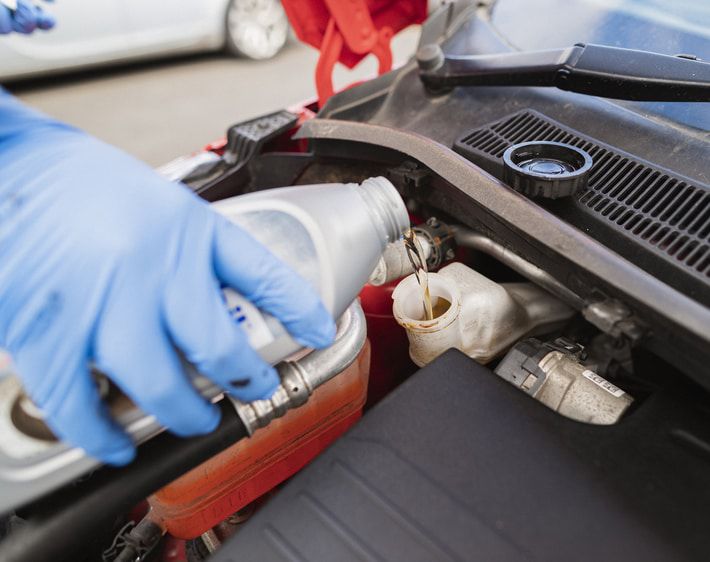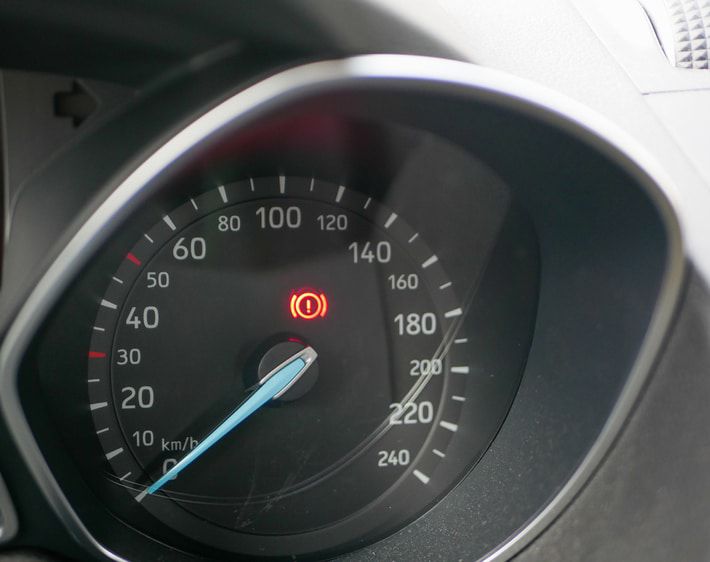Your brake lights communicate your actions on the road, and if they're not in tip-top shape, the risk for an incident can increase. Protect yourself and your loved ones by learning why your car brake lights won’t turn off and what you can do to resolve the issue.
How Do Brake Lights Work
Your brake system as it relates to your lights is made up of multiple parts — the brake pedal, striker, brake light switch, lights, fuses, and wiring. When you push down on the brake pedal, it releases contact with the attached brake light switch which allows the brake lights to illuminate.
This switch communicates to your brake lights that the pedal has been engaged by way of the wiring components.. The striker disengages the brake light switch when you remove your foot from the brake pedal which turns the brake lights off. Although this is a simplified explanation for how brake lights work, damage to the striker or brake light switch could lead to brake light issues.
Tip: When your brake lights stay on while your car is stopped, it can drain your battery. It's important to resolve brake light issues right away so as to not drain your battery.
Faulty Brake Light Switch
A common cause for car brake lights that won't turn on is a faulty brake light switch. This component can be found beneath your dash attached near the brake pedal. If your lights are disabled, it may be sticking closed or the part has failed.
Other symptoms of a faulty brake light switch can include your brake light coming on while driving, impaired cruise control, vehicle will not shift out of park, and non-functioning brake lights.
Worn or Missing Striker
Many vehicles have a striker at the top of the brake pedal linkage. This component disengages the brake light switch once you take your foot off the brake pedal. On occasion, this striker may break, deteriorate, or become repositioned. When this happens, the switch may not disengage, and your brake lights may stay illuminated. If you notice pieces on your floorboard, a broken striker is likely the cause.
Stuck Brake Pedal
If your brake pedal isn't returning to its natural position after pressing down on it, you may have a sticky brake pedal. This is usually caused by corroded components or debris in the brake pedal assembly. If this issue persists and isn't resolved quickly, you may also risk damage to your vehicle's brake pads and rotor.
Circuitry Problems
Sometimes, brake lights that won't turn off or on can be caused by faulty wiring. If you've tried everything to get your brake lights fixed, and they still won't turn off or on, this may be the issue. Have your vehicle inspected by a professional technician at your local Tires Plus to ensure your brake lights don't have a wiring issue.
Get Brake Service and Repair at Tires Plus
Are your brake lights still on? Will your brake lights not come on? Head to your nearest Tires Plus for a brake inspection, and our expert technicians will provide you with diagnostic and repair options to keep you driving on the road safely.



